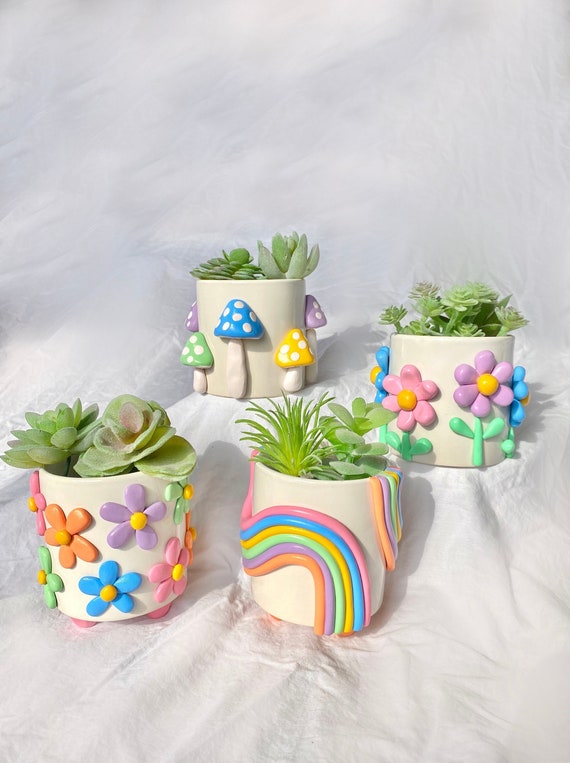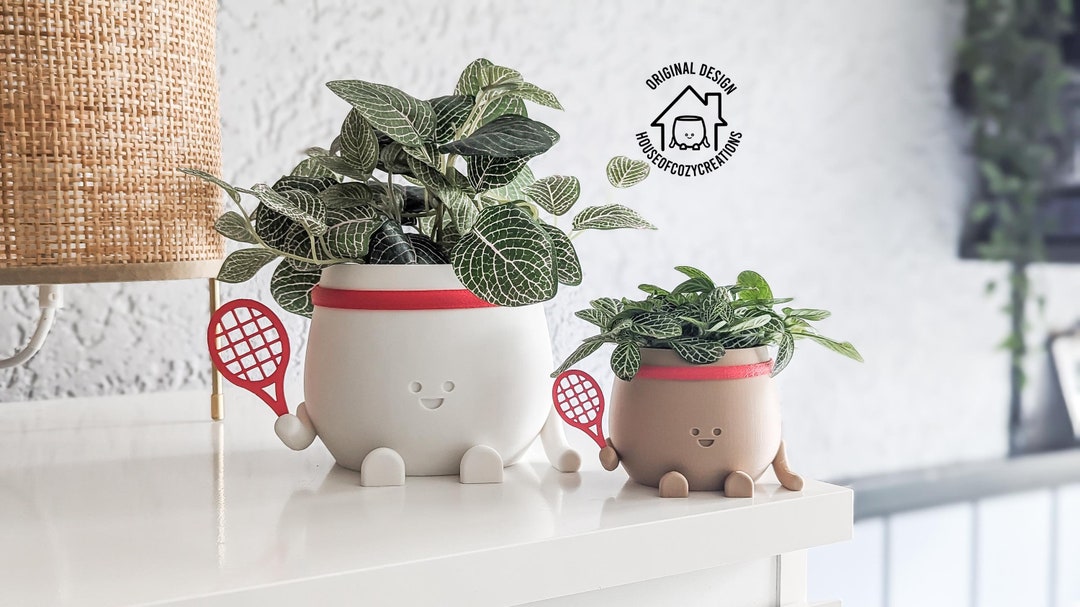Okay, here’s my blog post about making a ceramic flowerpot, written in a casual, personal style:
So, I’ve been wanting to get into pottery for a while, you know, get my hands dirty and make something cool. I finally took the plunge and signed up for a beginner’s ceramics class. Our first project? A simple flowerpot. Sounds easy enough, right? Well, let me tell you, it was a journey!

Getting Started
First, we learned about the clay. We used earthenware clay because that what the studio had. It’s pretty forgiving, which is good for newbies like me. The instructor showed us how to wedge the clay, which is basically like kneading dough. You gotta get all the air bubbles out, or your pot might explode in the kiln! I spent a good while just smushing the clay around, trying to get the hang of it. It’s harder than it looks to get it all smooth and consistent.
Building the Pot
We used the coil method to build our pots. This means rolling out long, snake-like coils of clay and then stacking them on top of each other to form the walls of the pot.
- Roll the coils: I tried to make my coils nice and even, but they definitely weren’t perfect. Some were thicker, some were thinner, it was a mess.
- Score and slip: The instructor showed us how to “score” the edges of the coils (basically scratching them up) and then use “slip” (watery clay) like glue to stick them together. I found it satisfying to smooth the coils with my finger.
- Building up: Slowly but surely, my pot started to take shape. It was wobbly and uneven, but it was mine! I kept adding coils, scoring, slipping, and smoothing, until it was about the size I wanted.
Shaping and Smoothing
Once I had the basic shape, I used some simple tools – a wooden rib and a sponge – to smooth out the walls and refine the shape. This part took forever! I kept finding little bumps and imperfections that I wanted to fix. I learned that patience is key in pottery.
Adding a Base and Drainage
We then added the base.
- I rolled the clay into a flat pancake.
- I then scored the edges of the pancake and the bottom of my pot, and used slip to joined them together.
My pot looked great, but then, disaster! I forgot to add drainage holes. I used a thin stick to poke them in.
The Waiting Game
After all that work, I had to let my pot dry completely. This is called “bone dry”.It took a few days, and it was hard to be patient! Once it was dry, it went into the kiln for its first firing, called the “bisque” firing. This makes the clay hard and porous, ready for glazing.
Glazing (The Fun Part!)
The next week, we got to glaze our pots! I chose a simple, glossy green glaze. I wanted something classic that would look good with any plant. Applying the glaze was a bit tricky – you have to get it evenly coated, but not too thick. I dipped my pot into the glaze bucket and made sure the entire surface was covered.

The Final Reveal
Then, it was back into the kiln for the glaze firing. The anticipation was killing me! Finally, the instructor opened the kiln, and there it was – my finished flowerpot! It wasn’t perfect, of course. There were a few drips in the glaze, and it was still a little wobbly, but I was so proud of it. I had made something with my own two hands, from start to finish.
I can’t wait to put a plant in it and add it to my windowsill. Now, if you see me messing around with clay, don’t be surprised, I think I am addicted.




















